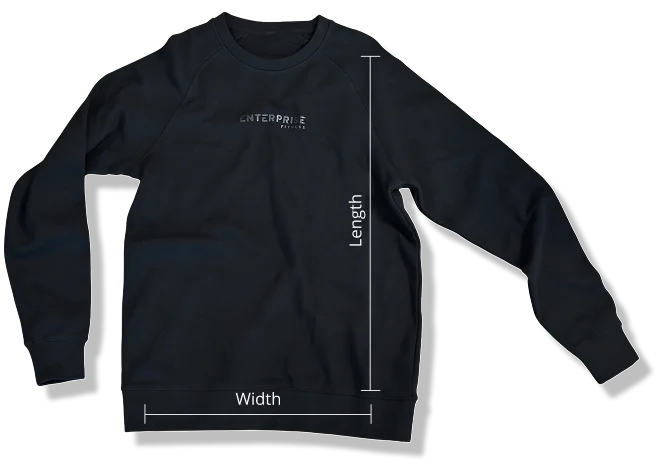Learn how to perform Y-raises (also known as the Trap 3 Raise) to activate your lower traps properly.
This exercise is useful if you suffer from bad posture, or find yourself weak when trying to maintain tightness on a bench press.
This version of a Y raise is a killer and is a frequent go-to at Enterprise for aiding and assisting clients in improving posture and dysfunction.
Related Posts
- Strengthen Your Knees with Dumbbell Step Ups
- Exclusive Interview with Tony Doherty
- How To Do Cable Split Squats Correctly
Transcript From Target Your Lower Traps with Y-Raises video
Due to the nature of transcriptions, we cannot guarantee accuracy, spelling or grammar. We provide the transcription as a way to skim through the content and as revision notes.
This transcription will contain errors.
In this video, I’m going to be showing you how to do Y-raises correctly, also known as a, a trap 3 raise. So for Y-raises, we’re going to do it on a, these benches, what you should know. Every incline. It’s 15 degrees. So we’re going to do it on a 30 degree, right? The reason for the 30 degrees, it’s not too hard, it’s not too easy. If you want to make it easier and more range of motion, you can do it on a 15 degree raise. Um, we’re putting the bench he had down. So this is again on 30 degrees, the bench you, Dan, because that’s what the knees are going to sit. So we’ve got jade. Jade is going to get into position, her knees are going to be onto the bench there and hands out. So that’s the position we’re going to start with.
So there’s some key things before we even get rolling is we want to make sure that the abs at tucked up and the bump is glued on. And the reason for that is because if the ABS are engaged on what will happen is as we extend, we’re just going to use thoracic extension to, to engage and help us up. We don’t want to rely on if someone is super mobile, has very good thoracic extension, we don’t want to rely on thoracic extension to get us up. So we want to make sure our abs stay on suits the upper back that’s doing the job, not just our flexibility. So we’re going to give jade the stick. So this is a why res, uh, this, this is a dowel rod which can get from bunnings for about two bucks. And this is just one dealer that we’ve put through and she’s holding it like so with the neutral handle pronated.
It’s not supinated, it’s neutral. So just as she’s demonstrating like that. So it’s just going to rest on your index finger. So some key things here. The first thing that’s going to move issues going to retract. So simple axiom is if the traps are on the lats and beyond. So we want to make sure that she retracts that way. The traps won’t be on now, her abs are staying on, so she’s tucked under and she’s going to extend and in front of your body. Now this is with the four second hold at the top, so she was going to come all the way up and we’re going to count down four, three, two, one, and slowly lower. Slowly lowers. That’s perfect. And then she’s going to reset. So the elbows, as you can see a completely straight. Then back in she retracts and again, and all the way up for three sue, one and slowly down again, elbows.
Perfectly straight. Abs a tucked on. She’s not relying on thoracic extension. We’ll just do one more for the demo and back up. Four, three, two, one. Back Down. If you’ve got a training buddy, so just show you some common mistakes that people make, right? So if you’ve got a training buddy, sometimes what will happen is come up dried and they’ve only got this much range of motion. So what I’ll do is enable them, help them up, get them, and I’ll say, you ready? I’m going to let go gently let go. And then say full three up hold and I’ll get my train buddy to hold four, three, two, one, and then get them slowly. Dancer. So do watch range of motion. If you look the side you want, come up, jade, again, you want the bicep to be covering their email. You also want to watch for any excess neck movements.
So just Tuck your chin up for a second. Even higher than that if you can. Yeah, you want to watch for any movement like that. You just want the head to be neutral in line. Keeping everything in one straight line. So that’s perfect there. Another mistake people make is put your feet on the floor. Jade, you don’t want your feet on the floor because what that will enable is to move more from the lower back and again using now thoracic extension and your lower back to arch to get range. So putting the knees on the bench in disables the lower back to really our can get involved in the movement. So hope this video helps. This is how to do a Y-raises, also known as a trap 3 raise. So I hope this video helps. If you want more great videos on technique, tips of how to do things right way, make sure you subscribe to us enterprise fitness. If you need a hand with your training, contact Enterprise Fitness today. Thanks for watching.





